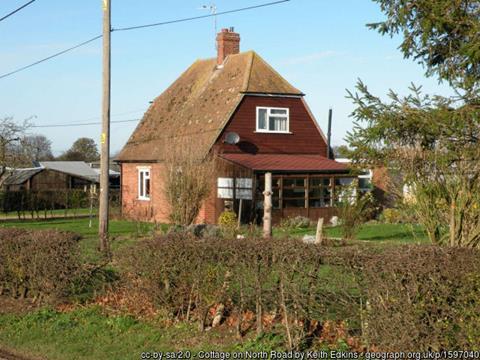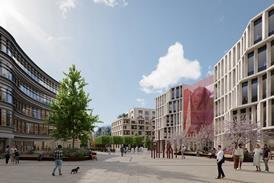We need to recapture the ambition of the inter-war years, argues Gillian Darley

Over the decades, some readers of this column may have come across my book, Villages of Vision, in which I looked at the various forms (and drivers) of the planned village. Recently there’s been an interesting online discussion about why house building in a village setting inevitably meets with steadfast objection, concluding that the detached or semi-detached infilling that is the market-driven norm has lowered public expectation to rock-bottom.
Local authorities, in more socially responsive times, built desperately needed “council housing” for local people – an incredible programme in total, which saw a dozen or so houses added to the outskirts of almost every village. Now new housing tends to be slotted into the last available undeveloped patch of land in the “village envelope”.
If you spot a “garden village” development (and they are growing like mushrooms across the south-east) the advertising will probably include some kind of contrived and clichéd scene, such as a village pond and pocket handkerchief green, empty gestures towards ecology and sustainability with a nod to chocolate-box imagery and, wince, heritage.

Rural housebuilding – driven by government, county-wide, targets – utterly fails to serve the actual needs of its locality. The lack of social housing in the countryside is, if anything, more scandalous than in towns and cities. Nor is there any sign of new thinking towards the finer points of rural planning and architecture – the original Essex Design Guide was first published in 1973 and there is still nothing to match it nor any sense that new ideas are emerging to complement some of the sound sense it contained.
Where provision is concerned, community land trusts offer the best solution to breaking the stalemate in social and (properly speaking) affordable housing but need hugely increased support from central government and beyond to establish their national network.
How ironic that over these years in which local schools were freed to follow the perceived local demand, housing has not been offered a similar flexibility, as a way of meeting defined and acknowledged need? With new initiatives, driven locally, a fresh approach as to how and in what form housing is best delivered to 21st-century requirements in the rural setting might begin to emerge. Time for a new architectural award to get things going, to enliven thinking?
Tellingly enough, the grants programme offered by the exemplary Nationwide Foundation (“our ambitions are huge”) for projects within its phased “decent affordable homes” programme has (as of December last year) finally unlocked government funding towards the Community Housing Fund. Of the Nationwide Foundation’s six latest beneficiaries, sharing £1m, two are national programmes driving community housing and land trusts, two more are being offered to specific areas in rural Scotland (Highlands and Dumfries and Galloway), and two in rural England (Lincolnshire and Wessex).
Between the wars, and after, a number of schemes grew up to help returning servicemen and women or those from economically depressed areas of the country to claim housing (and sometimes land, too). Some worked, some failed. But what is immediately striking is how visionary and adventurous the various projects were. Verging on the utopian, the promoters did not always deliver the solution required – not every miner or steelworker was ready to be a smallholder in the south-east – but those ambitions should remain as a constant moral prompt to any whingeing local group that decides to oppose the new community land trust project in their backyard.
















No comments yet